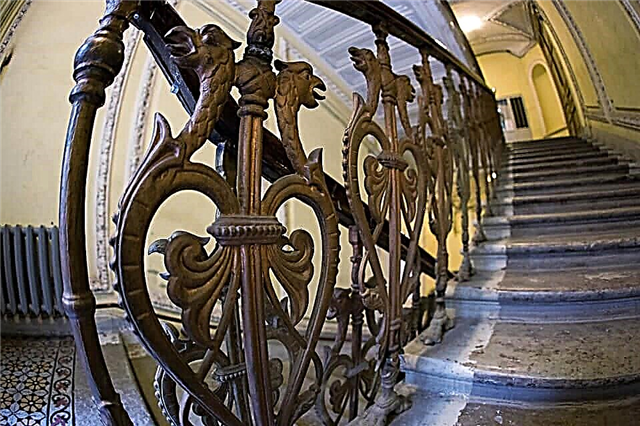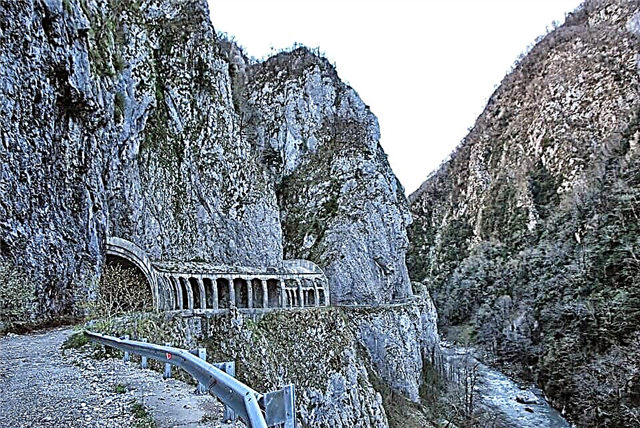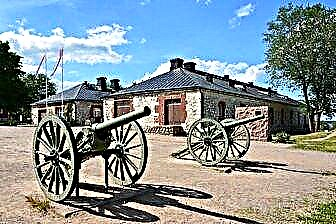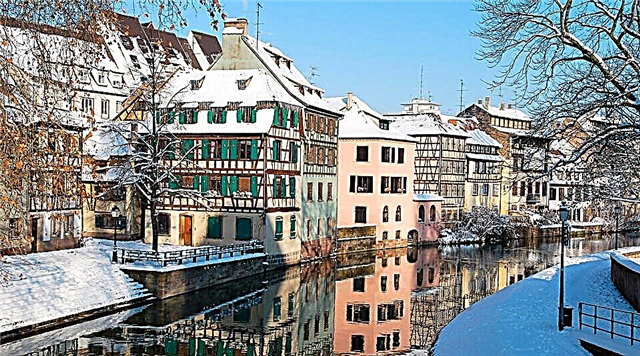Address: France, Paris, Boulevard du Palas street, 8
Start of construction: 1242 year
Completion of construction: 1248 year
Builder: Pierre de Montreuil
Spire height: 75 m.
Main attractions: stained-glass windows of the upper chapel, some of which are from the 13th century
Coordinates: 48 ° 51′19.5 ″ N, 2 ° 20′41.91 ″ E
Content:
The Saint Chapelle in Paris or Sainte Chapelle is a real miracle of Gothic architecture, which cannot be compared with any other Gothic cathedral.
Sainte-Chapelle in France is recognized as the most beautiful of the small Gothic temples.
The history of the creation of the Sainte-Chapelle chapel
The history of the chapel goes back to the distant 1200s, when the conquering crusaders once again went to conquer Jerusalem. the Byzantine capital Constantinople was destroyed and plundered from the “infidels” and to “complete the picture”. Among the booty that the crusaders under the leadership of Emperor Baldwin II were able to conquer was a huge number of Christian relics. The Latin emperor, being a man who loves money, did not hesitate to sell sacred items, thus improving his financial situation.

In 1237, he decided to sell a crown of thorns, stained with the blood of Christ. And this despite the fact that it was he who led a detachment of knights who went on a military campaign for the Christian faith!
To King Louis IX of France, the idea of buying such a sacred relic seemed quite attractive, because he claimed to become a leader among European monarchs, and after a lengthy auction, he acquires a crown for a fabulous sum of 137 thousand livres at that time. As a present, the monarch was presented with sacred nails, with which they nailed the Savior to the Cross, a small particle of the Cross itself and Longinus's spear, the weapon of a soldier who participated in the execution of Christ.
The crown of thorns was taken to Paris and left for a while in Notre Dame Cathedral. Louis IX, unlike other kings, did not want to hide such a sacred relic in a gloomy crypt, but wanted to be its sole owner and worship the crown of thorns in daily prayers.

For this, the monarch orders to demolish the royal chapel of St. Nicholas, and in its place to build a new church, in which the relics acquired from the crusaders would be kept.
A surprisingly new church was built in a very short span of time from 1242 to 1248 under the leadership of Pierre of Montreuil. She was named Sainte-Chapelle. Historians have never been able to find out the exact date of the foundation of the new chapel, but the date of the consecration of Sainte-Chapelle is known for certain - April 26, 1248. By the way, the construction of the temple cost the treasury only 40 thousand livres, which is several times less than the cost of the most holy relic. It will probably be interesting to know that in those days it was possible to buy a merchant's house with a shop for about 20 livres, the count's castle cost "a little more" - 1200 livres.

Chapelle Saint-Chapelle today
In modern Paris, the Holy Chapel, unfortunately, is closed from view on almost all sides by later buildings. But then, in 1248, it became the center of the royal court. The architects, having received the task of creating a project for a building for holy relics, decided to create a reliquary (a casket for storing objects of religious worship). Sainte-Chapelle is somewhat similar to the masterpiece of the brilliant jeweler, but significantly increased in size.
As mentioned above, The Holy Chapel is a small building: the spire is just over 40 meters high and 36 meters wide... The uniqueness of the architectural building, built in the Gothic style, lies in the absence of massive load-bearing structures that would withstand the lateral expansion of the vault.

The architects decided to experiment and used metal ties in the construction, which held the heavy stone blocks. At that time, it was a revolutionary decision, because the era of reinforced concrete will come only six centuries later.
The Holy Chapel in Paris is a two-story building, conventionally divided into lower and upper levels, equal in area and different in height (7 and 20 meters, respectively). The lower chapel was lit in honor of the Virgin Mary: it was attended by palace officials. The upper level was intended for persons of royal blood and the highest nobility, and it was consecrated in honor of the Holy Cross. And it was here, in the upper level of the chapel, on an openwork pedestal installed in the depths of the apse, that a crown of thorns, stained with the blood of Christ, was once kept. Today it is kept in the heart of Paris - Notre Dame Cathedral.

Inside the temple there are three main naves: the central one and two side naves, and they are supposed to support the weight of the upper temple. The lower temple amazes with a large number of thin columns that are located along all the walls of the chapel. According to the architect's idea, such a number of towering columns should have visually enlarged the small interior space.
Many travelers who first appeared at the entrance to the Holy Chapel have a feeling of gloom and even asceticism of the temple. However, once inside, this thought literally dissolves. The Holy Chapel is lavishly decorated with colorful paintings with dominant red, blue and gold colors. Among them are royal lilies, emblems of Blanca of Castile, enamel medallions with images of the twelve apostles. Where the walls are not painted with paintings, they are decorated with decorative stucco and sculptures.

Undoubtedly, the upper chapel differs significantly from the lower one in terms of filling with light. Some even noticed that it was in this temple that the most famous medieval formula “God is light” was brought to life. The design is so well thought out and competently equipped with spacious windows with amazing stained-glass windows ending in small pointed towers that light enters the room from everywhere. Once they even calculated the total area of stained-glass windows in Sainte-Chapelle: it was 618 square meters!
It should be noted that more than 1134 biblical and religious scenes are depicted on stained-glass windows in the Sainte-Chapelle church. More than 700 of them have survived from the 13th century to the present day in their original form, and the rest have been reconstructed. The central stained-glass windows are dedicated to Christ, John the Baptist and John the Theologian. Others show different scenes from the Old Testament. It also depicts the founder of the church, Louis IX, his brother Robert of Siculus and Queen Blanca of Castile. There are several original statues of the apostles in the Holy Chapel, all the rest are copies of damaged originals.

In general, the whole chapel is a real classic example of the Gothic style: vaulted ceilings; spire turrets; 75-meter main spire, directed towards the sky; seemingly endless stained-glass windows; thin stone walls with "woven" metal braces; a huge number of sculptures; ceramic and picturesque decor. It is worth adding that the Holy Chapel in Paris is located at 4 Boulevard du Palas, not far from the Cite metro station.










